Camping is a wonderful experience to be in close contact with nature, while environmental protection awareness is the responsibility of every outdoor enthusiast. Choosing an inflatable tent not only enhances the comfort of camping, but also closely integrates with the concept of environmental protection and contributes to sustainable development.
1. Lightweight Design, Reduce Resource Consumption
Inflatable tents are made of lightweight and durable materials, which saves raw materials compared with traditional tents and reduces carbon emission in transportation after folding. Its re-inflatable feature also reduces the waste problem caused by the damage of the stent.
2. Low Environmental Impact Setup
Inflatable tents do not require staking or digging, avoiding damage to soil and vegetation. It can be set up quickly by just leveling the ground, which is especially suitable for ecologically fragile campsites, such as grasslands or beaches.
3. Cleaning and Waste Management Recyclable garbage bags are installed inside the inflatable tent to separate the waste generated from camping. The waterproof material of the tent is also easy to clean, avoiding the use of chemical detergents to pollute the water source.
4. Advocating “Leave No Trace Camping”
The portability of inflatable tents encourages campers to “take away all the garbage” and even participate in campsite cleanup activities. After the tent is dismantled, no trace is left behind, perfectly practicing the principle of “no trace mountain forest”.
Conclusion: Inflatable tents are not only a convenient choice for modern camping, but also a benchmark for environmental camping. Through rational use and environmental practices, we can make every camping trip a gentle return to nature.




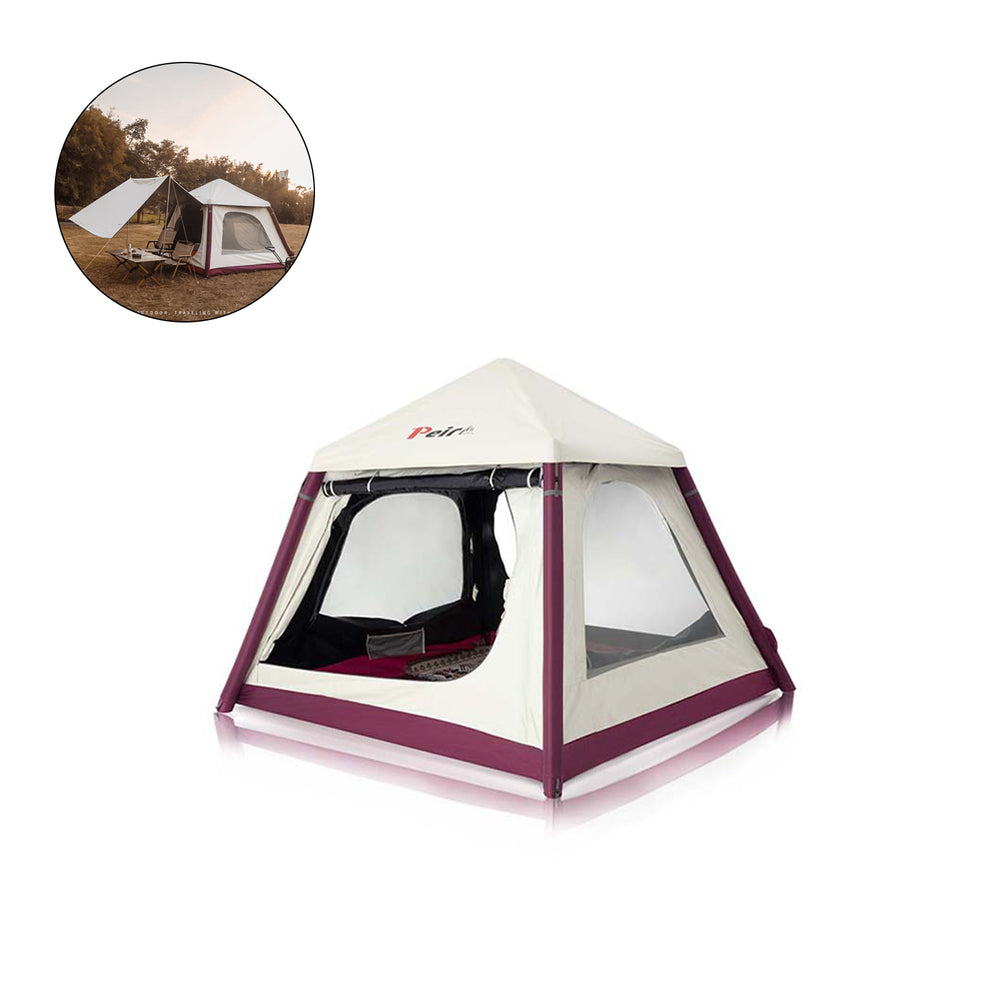
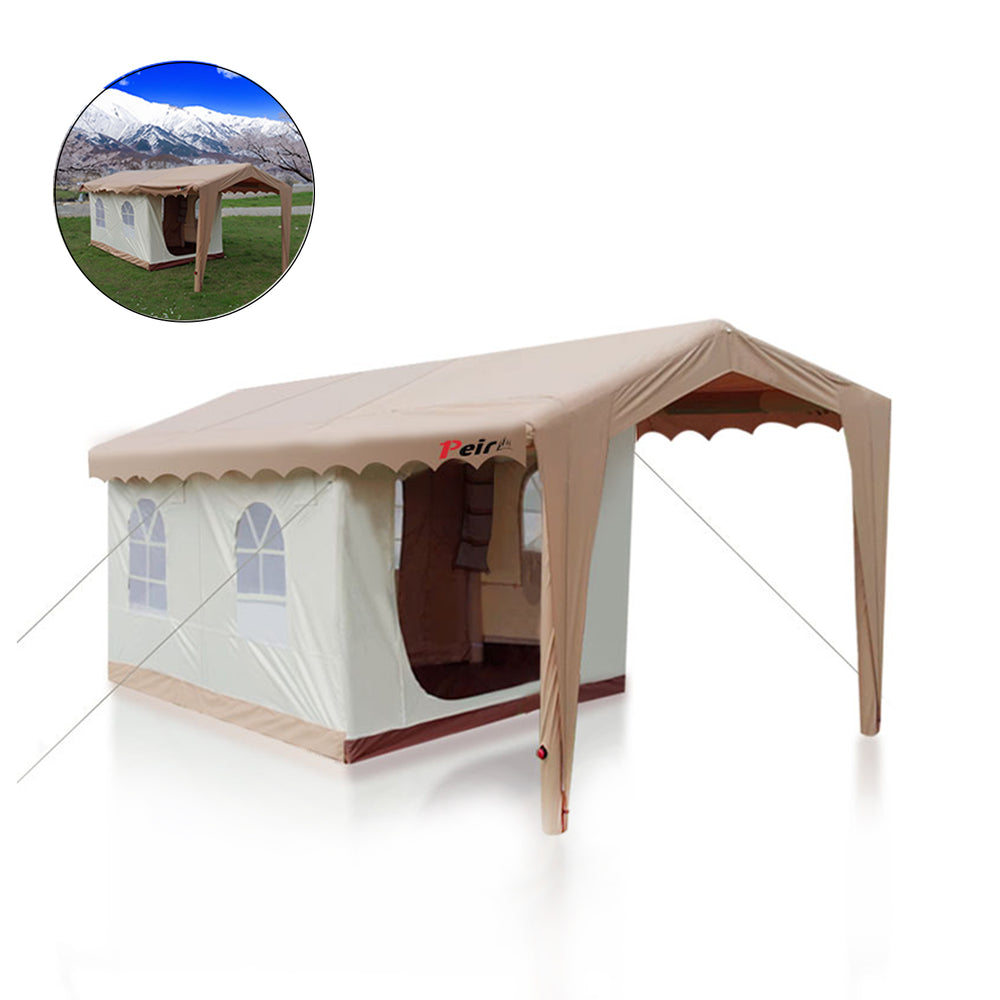

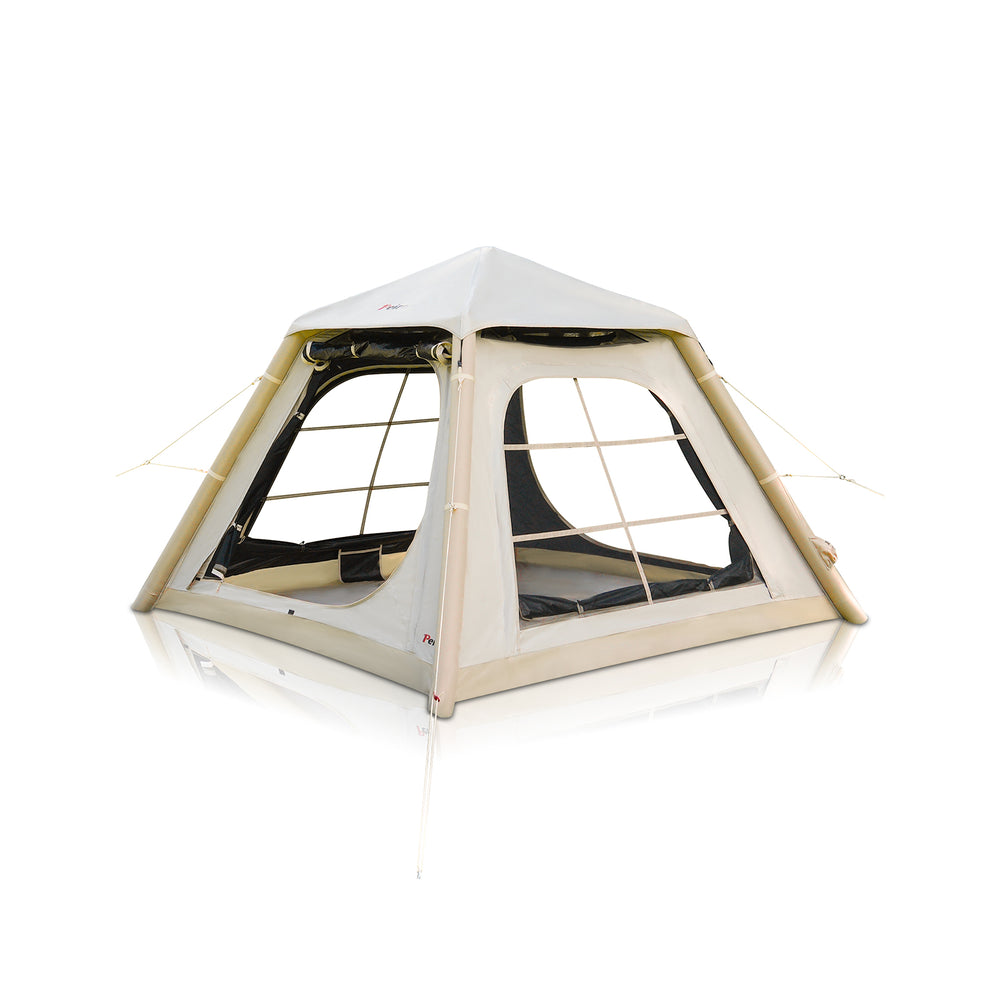



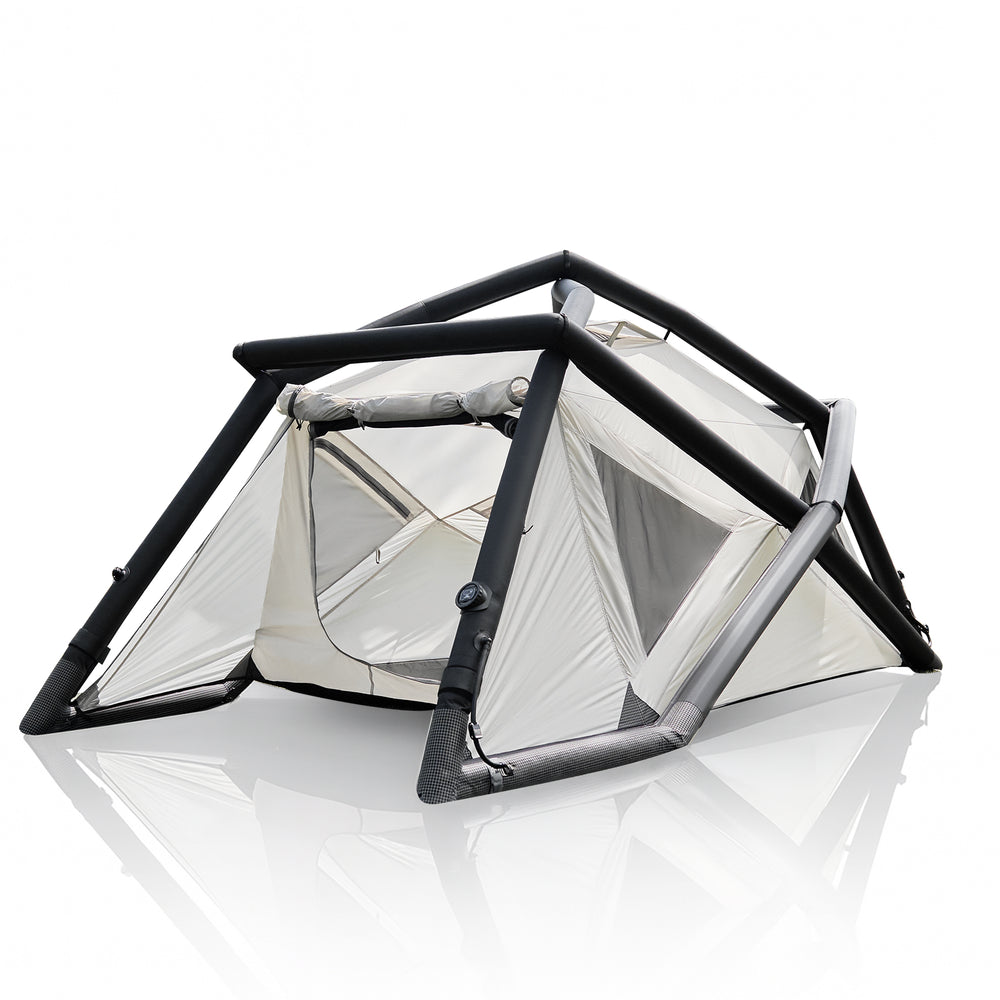
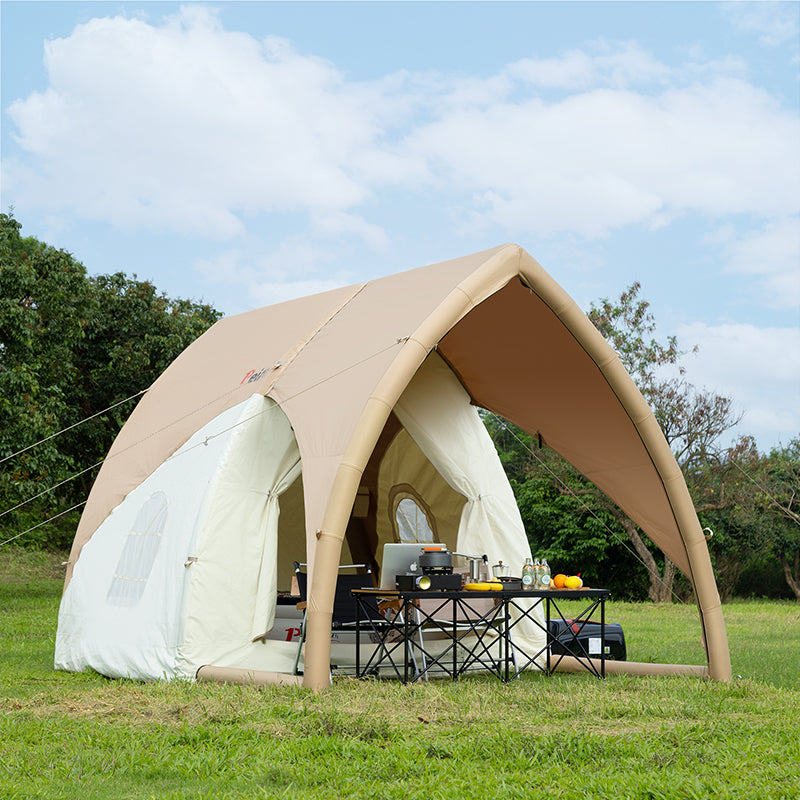 Peirhw Inflatable House Tent - Starry Night Love
Peirhw Inflatable House Tent - Starry Night Love
 Peirhw Glamping Tents - Friendship Castle
Peirhw Glamping Tents - Friendship Castle
 Peirhw Inflatable Canopy Tent - Adventurer
Peirhw Inflatable Canopy Tent - Adventurer


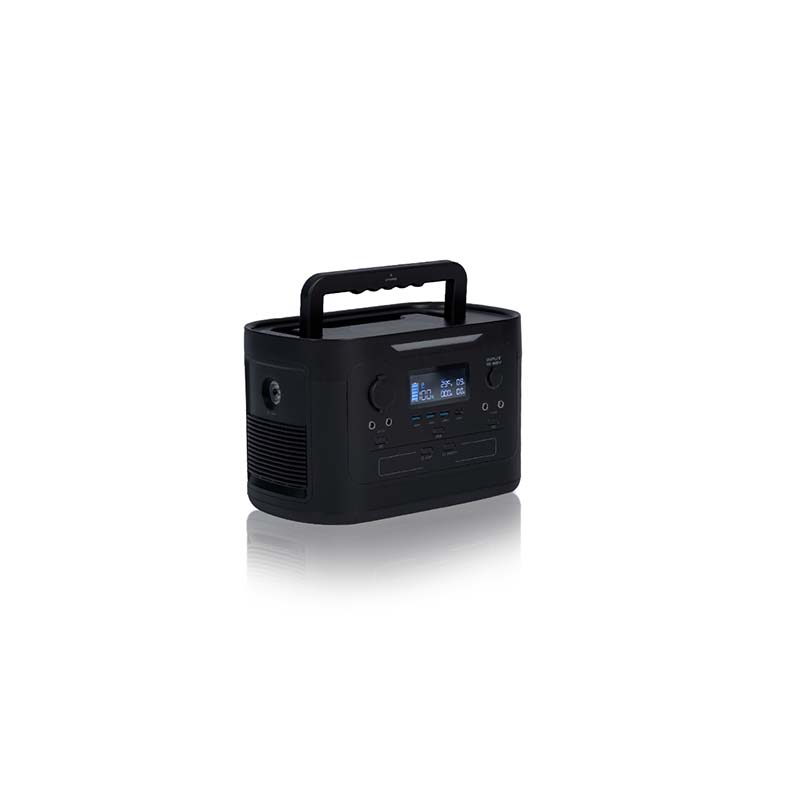
 Peirhw Portable Air Conditioner
Peirhw Portable Air Conditioner
 【Advance Sale】Peirhw Portable Power Station 2400W
【Advance Sale】Peirhw Portable Power Station 2400W
 【Advance Sale】Peirhw Portable Power Station 600W
【Advance Sale】Peirhw Portable Power Station 600W




 Peirhw Self Inflating Sleeping Pad
Peirhw Self Inflating Sleeping Pad
 Peirhw Air Mattress (8" Queen Type)
Peirhw Air Mattress (8" Queen Type)
 Peirhw Camping Sleeping Bag
Peirhw Camping Sleeping Bag


 Peirhw Butterfly-shaped Canopy for Camping
Peirhw Butterfly-shaped Canopy for Camping
 Peirhw Camping Waterproof Canopy (Cannot be Purchased Separately)
Peirhw Camping Waterproof Canopy (Cannot be Purchased Separately)


 Peirhw Outdoor Folding Chairs
Peirhw Outdoor Folding Chairs
 Peirhw Folding Camping Table
Peirhw Folding Camping Table












